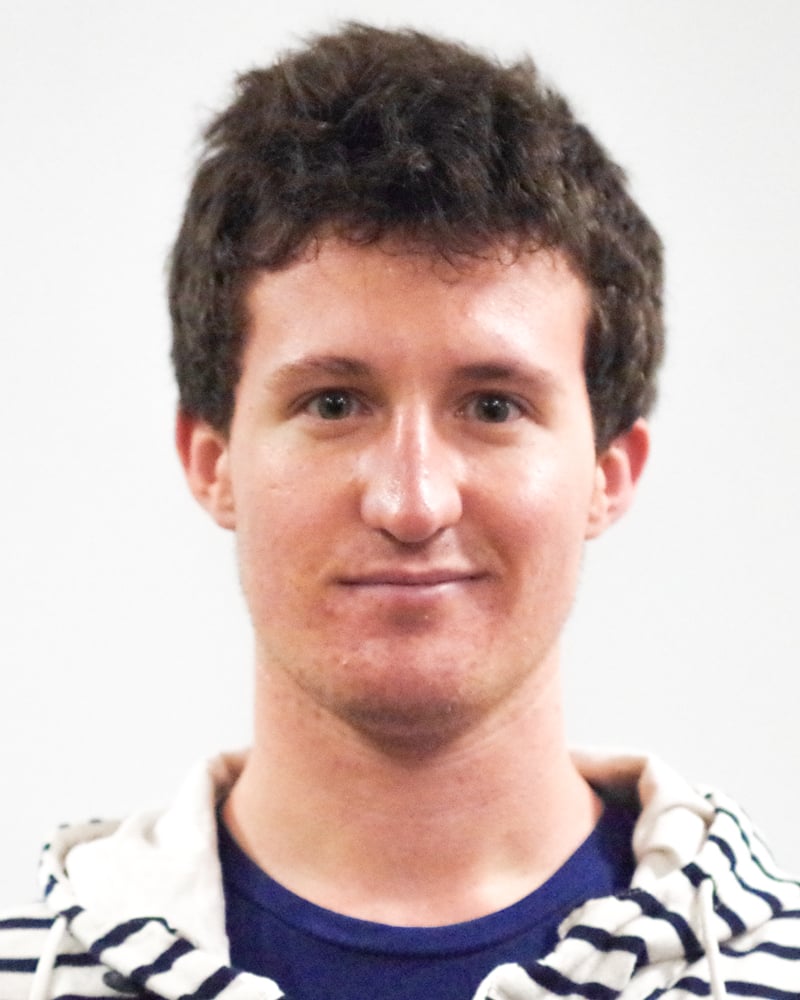The question read:
“Calculate a numerical value for the angular velocity of the right-handed orthogonal unitary basis A in the reference frame N for the situation of a particle traveling in circular motion at 12 meters per second.”
I recognized a few words in the statement from the E15 lectures and readings, but there was a synaptic canyon in my head between the raw information I had and the answer to this question. I had read the chapters and attended the lectures with wide eyes and a busy pencil, but a master of rapid recall does not an engineer make. As usual it was my inability to apply the knowledge I had, rather than a shortage of it, that brought me to office hours.
Late into the night, each fending off dinner-hunger with snacks, 50 people crammed into 40 chairs and paid homage to the two answer keys in the room and their five cautious mediators, the TAs. I sat down and put each problem through the usual three-step process:
1. Work through the problem by myself until I get to that impossible part g, which involves some idea that the teacher hasn’t covered yet or perhaps a mastery of some hieroglyphic programming language like MATLAB or MotionGenesis.
2. Ask the people immediately around me to see if the problem has already been addressed en masse.
3. Enter into the five-to-fifteen minute line for TA help. Usually, before I get to the front of the line, one of the TAs notices a trend, stands up and announces “We’re gonna go over part g on this board over here!” This arrests the attention of every student in the room, since there have been rumors about part g floating around and this is the one chance you’ll get — unless you want to be phoning around for a walkthrough from a classmate in the wee hours of Tuesday morning.
The result of the three-step process mentioned above, which I think everyone follows consciously or unconsciously, is a universal plateau of progress. The students who are on question 8 get roped into advising those on question 3, which retards the progress of the advanced students and accelerates the progress of the sluggish ones. Despite any amount of effort, the entire class inevitably breaks against a dam problem like part g until the TAs open the floodgates. With the strong students helping the weak and the TAs waiting for maximum question capacity to release the answers, room-wide progress eventually levels off.
At this point, the place sheds its former designation as office hours and becomes an elementary school classroom. The TAs tiptoe through each problem, averse to providing any original information of their own, but loose-lipped once someone shouts anything that sounds remotely similar to a step in the solution — “vectors!” “factor!” “bubtract!” The students’ homework becomes a part of the 3-hour assembly line that is Engineering Department office hours.
At first glance, this doesn’t seem like too bad a deal, but look at who’s actually doing the work. Sure, it’s just three hours on a Monday night for a juicy perfect score in a pesky fundamentals class, but the only thing you get out of it is the grade.
I’ve watched a freshman in CME 100 hand her laptop to frustrated TAs who write her code for her, while she learns none of the MATLAB she needs for her major. I’ve seen students of Math 51 verge on plagiarism by copying the answers off the one kid in their dorm who did the best, covering their tracks by altering their explanations harmlessly here and there. I’ve listened to the crickets chirp in response to a Bio core TA asking, “So does everyone get how I did that?”
Office hours are a crutch on which too many lean, and which the more advanced classes will knock away. Their intent is to create an accessible learning environment, but their effect is a desperate copying environment.
Yet this is not always the case; office hours in the humanities often manifest themselves as rapt conversations between a leader in the field and a handful of zealous pupils. The endemic is mostly sequestered to the STEM office hours, where exhausted TAs are reduced to handing out explanations instead of patiently drawing them out of their students.
The worst part is that, in these high-stress, time-sensitive environments where the “why” takes a backseat, it is the TAs who freely hand out answers who earn the positive reputations. This counterproductive behavior is being rewarded in all the wrong ways. The more students who flock to these ‘good’ TAs, the more who will be eventually dependent on them, office-hour-symbiotic in aeternum.
Perhaps this is not a problem that can be solved structurally, but the addiction can certainly be evaded individually. Office hours are a fine environment in which to learn, but one has to make sure that he or she does learn. Though deadlines may approach and your priorities might begin to ache, hold the value of knowledge above that of the grade, and be careful that the work you do in office hours is indeed yours.
Contact Liam Kinney at [email protected]
